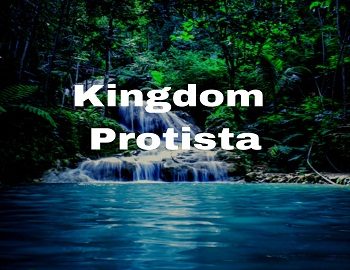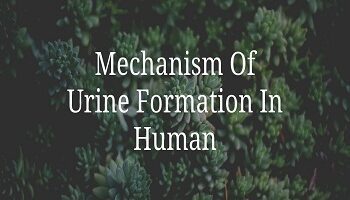Table of Contents
Kingdom Protista:
Protista includes all unicellular eukaryotic organisms, mainly aquatic and it is considered as a natural kingdom because it includes organisms of diverse lifestyles. They are mainly autotrophic producers (phytoplankton) in the oceans and others are predators and decomposers. They prepare their food in a natural way and feed the other organisms in the oceans.
Protista is divided into three major groups:
- Photosynthetic Protists.
- Slime Moulds.
- Protozoan Protists.
Photosynthetic Protists:
Photosynthetic protists are the unicellular algae which constitute the major portion of the phytoplankton. They perform the process of photosynthesis and are passively drifted by the water current. They are also called protistan algae and they account for more than 80% photosynthesis in the biosphere.
The photosynthetic protists are divided into three major types-
- Dinoflagellates.
- Diatoms.
- Euglenoids (Euglena like flagellates).
Slime Moulds:
These are divided into-
Acellular Slime Moulds:
The acellular slime mould like Physarum is naked protoplasm without a cell wall containing numerous diploid nuclei. It possesses a number of branched veins and the protoplasm present in the veins exhibits rhythmic and reversible cytoplasmic streaming. The naked protoplasm moves slowly and glides over decaying leaves or logs to engulf organic matter by phagocytosis. This moving strand of protoplasm is called plasmodium. Under dry conditions, acellular slime mould changes into spores bearing structure called sporangia.
Cellular Slime Moulds:
The cellular forms like Dictyostelium are characterized by uninucleated and numerous aggregated cells that move together like a mass of protoplasm called pseudoplasmodium. Flagellated cells are not found. They are also called as communal slime moulds because the unicellular amoebae in the aggregate colony maintain their individuality but cooperate as members of the community. Under the dry conditions, some cellular slime moulds combine to form the large structure. It engulfs the surrounding myxamoeba and secretes a thick wall to form macrocyst. The karyogamy occurs inside the macrocyst and it is followed by meiosis. Finally, macrocyst wall breaks and numerous haploid myxamoebae are released. The other forms of cellular slime moulds form spores in the naked sporangium.
Protozoan Protists:
- They are minute unicellular organisms that may be free-living, commensal, or parasitic in aquatic and damp terrestrial habitats.
- Their body may be naked surrounded by pellicle or shell.
- They exhibit locomotion by pseudopodia, flagella, and cilia.
- They undergo respiration and excretion through the general body surface. Osmoregulation is maintained by the contractile vacuole.
- They reproduce asexually by binary fission, multiple fission (schizogony) budding, etc. and sexually by syngamy and conjugation.
They are grouped into four phyla-
- Zooflagellates: Examples- Trichonympha, Trypanosoma, and Leishmania.
- Sarcodines: Examples- Radiolaria and Foraminifera.
- Sporozoans: Example- Plasmodium.
- Ciliates: Examples- Paramoecium and Opalina.









Comments (No)